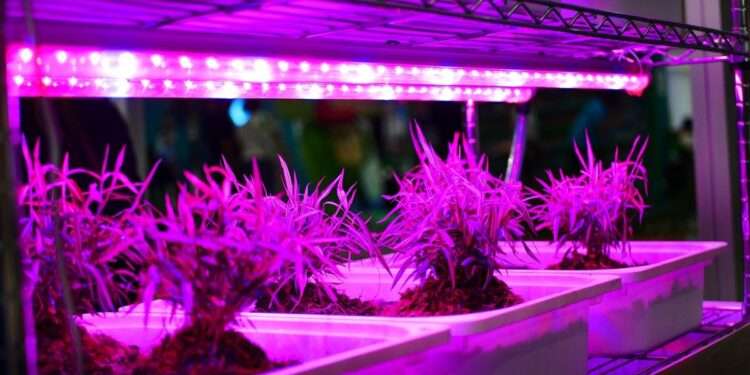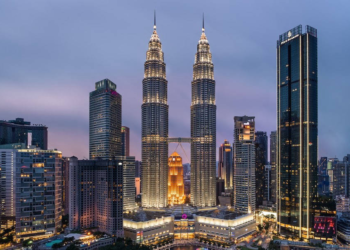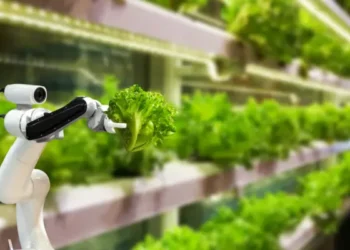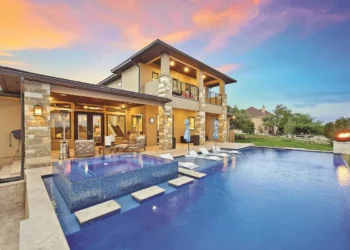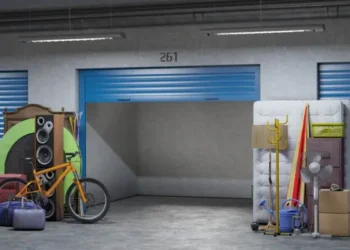Energy efficiency is one of the most scrutinized aspects of any controlled environment, and yet many research labs and grow operations unknowingly lose money due to suboptimal LED lighting setups. Despite widespread adoption of LED grow lights, many growers and researchers still operate systems that are under-optimized or poorly aligned with crop-specific light requirements.
The result? Higher operational costs, inconsistent growth patterns, and missed yield potential. Even advanced horticultural lighting solutions can be inefficient if not calibrated properly to your growth environment, plant species, and photoperiod strategy. Let’s take a closer look at how the LED setup can be rearranged to enhance both yield and operational ROI.
Calculate the Cost per µmol: Stop Relying on Wattage Alone
Most growers still focus on wattage when assessing lighting systems. But what matters more is the cost per µmol of usable PAR delivered to the canopy. To evaluate this:
- Check the fixture’s efficacy (µmol/J). A high-quality LED luminaire typically offers ≥2.5 µmol/J.
- Calculate PAR output per fixture and divide total energy consumption over time to estimate µmol efficiency.
- Compare across brands and models, two 600W fixtures can have drastically different PPFD levels.
Evaluate Spectral Relevance: Are You Using the Right Light for the Job?
If your lighting setup uses a one-size-fits-all spectrum, it’s likely suboptimal. Many plants require different light ratios depending on their growth stage or purpose (e.g., vegetative, flowering, stress response).
To evaluate:
- Compare the light spectrum against your crop’s photobiological needs using spectroradiometer readings.
- Understand the roles of specific bands; far-red enhances elongation, while blue regulates morphology.
- Review whether your light drives photosynthetic efficiency or specific photomorphogenic responses.
Light Distribution Uniformity: Is Every Plant Getting What It Needs?
Uneven PPFD across a grow area leads to inconsistent growth, skewed research results, and higher labor costs due to corrective measures. Use these methods:
- Conduct light mapping using a PAR meter grid at canopy height.
- Identify hotspots (too much light = wasted energy) and dark spots (too little light = stunted growth).
- Adjust height and angle, or consider fixtures with wide beam angles and overlap capability.
Manufacturers like Valoya provide detailed DLI and uniformity maps. Leveraging these in layout planning can result in more usable light efficiency across the growing area.
Environmental Load: How Much Extra Are You Paying to Cool the Room?
High heat emission increases HVAC use, especially in sealed environments. Even among LEDs, thermal output varies widely.
To assess:
- Measure the temperature rise in the grow area with and without lights on.
- Estimate additional kWh spent on cooling per day/month.
- Identify whether the heat sink design or diode quality contributes to temperature buildup.
Valoya’s LED luminaires are engineered for low thermal radiation, reducing the strain on cooling systems and contributing to climate stability, essential for both research accuracy and commercial yields.
Fixture Degradation and Maintenance: Are You Losing Light Over Time?
Even efficient lights degrade. If you’re not monitoring PPFD annually, you might be operating under insufficient lighting without realising it.
Best practices:
- Track PPFD over time and compare against manufacturer benchmarks.
- Monitor for color shift, particularly in red and far-red diodes.
- Log maintenance costs, frequent replacements or repairs often outweigh initial savings from lower-cost fixtures.
Evaluating the actual cost of an LED grow light setup means going beyond watts and price tags. By auditing your setup with the parameters outlined above, you’ll not only improve energy efficiency but also enhance biological outcomes. In a field where light is both a cost and a tool, optimising it can make all the difference.

